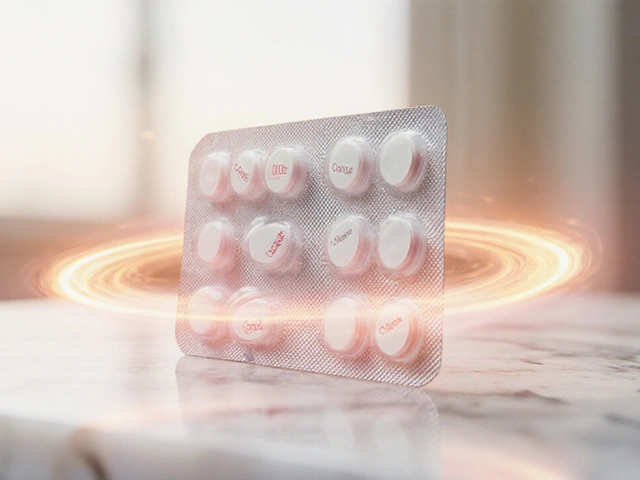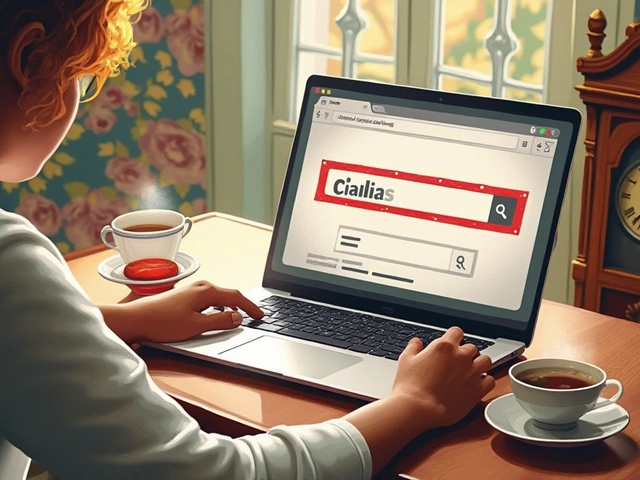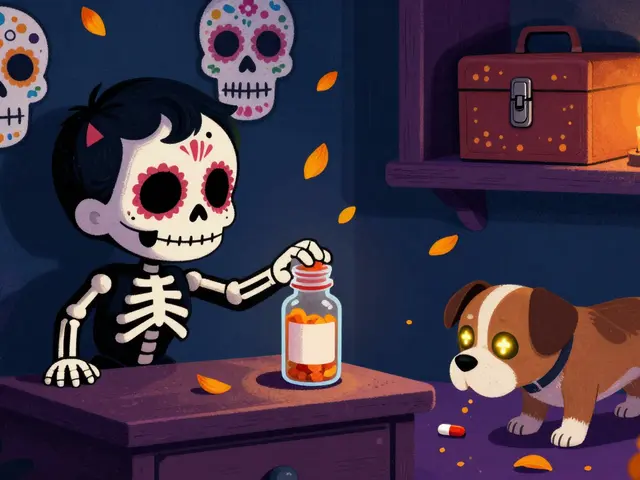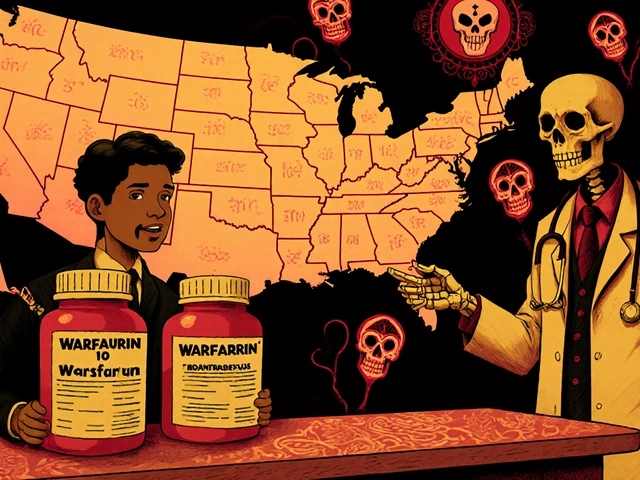Online Pharmacy: How to Buy Medicines Safely and Save
Buying meds online can save time and money — but it comes with risks. This page gives clear, practical steps to spot a legit online pharmacy, protect your health and wallet, and find extra savings without breaking rules.
Quick safety checklist
First, always check these basics: the site uses HTTPS, lists a physical address and phone number, and shows a licensed pharmacist contact. If the pharmacy sells prescription-only drugs without asking for a valid prescription, walk away. Look for third-party seals like LegitScript or a national pharmacy board verification (for example, NABP VIPPS in the US or your country’s regulator). Call the listed phone number — a real pharmacy answers with a real person.
Read the privacy policy and returns terms. A trustworthy site explains how it stores your health data and what happens if a shipment is wrong or damaged. If any page is missing these basics, you’re better off using a well-known chain or a verified telehealth service.
How to protect your prescription and your money
Use a secure payment method (credit card or reputable payment service) so you can dispute charges if something goes wrong. Don’t send copies of your ID or medical records over unsecured email. When uploading a prescription, check that the pharmacy confirms it with a licensed prescriber before dispensing. Keep a copy of order receipts, tracking numbers, and the pharmacist’s contact for at least the duration of the treatment.
If you need sensitive meds or injectables, ask about storage and shipping conditions. Some drugs need cold-chain handling; a reliable pharmacy explains transit time, packaging, and how they handle returns for temperature-sensitive products.
Price-check before you buy. Generic versions are often much cheaper and usually just as effective. Use coupon apps and discount cards to lower out-of-pocket costs — we compare SingleCare, GoodRx, and RxSaver in one of our posts so you can pick the best fit. But don’t stack coupons in ways the pharmacy forbids; that can lead to denied claims or delays.
Watch for red flags: unbelievably low prices, no prescription requirement, vague contact details, poor site security, and lots of spelling errors. Fake pharmacies often use urgent language or pressure you to buy without asking questions. A real pharmacy will answer your questions about side effects, interactions, and dosing.
Finally, use trusted resources. Our site has detailed guides on buying specific antibiotics and other prescription drugs safely, tips for switching brands, and ways to save on treatment. If you're ever unsure, ask your doctor or local pharmacist to review your online order before you take the meds.
Want help checking a pharmacy you found? Send the site link and we’ll walk through the red flags with you.
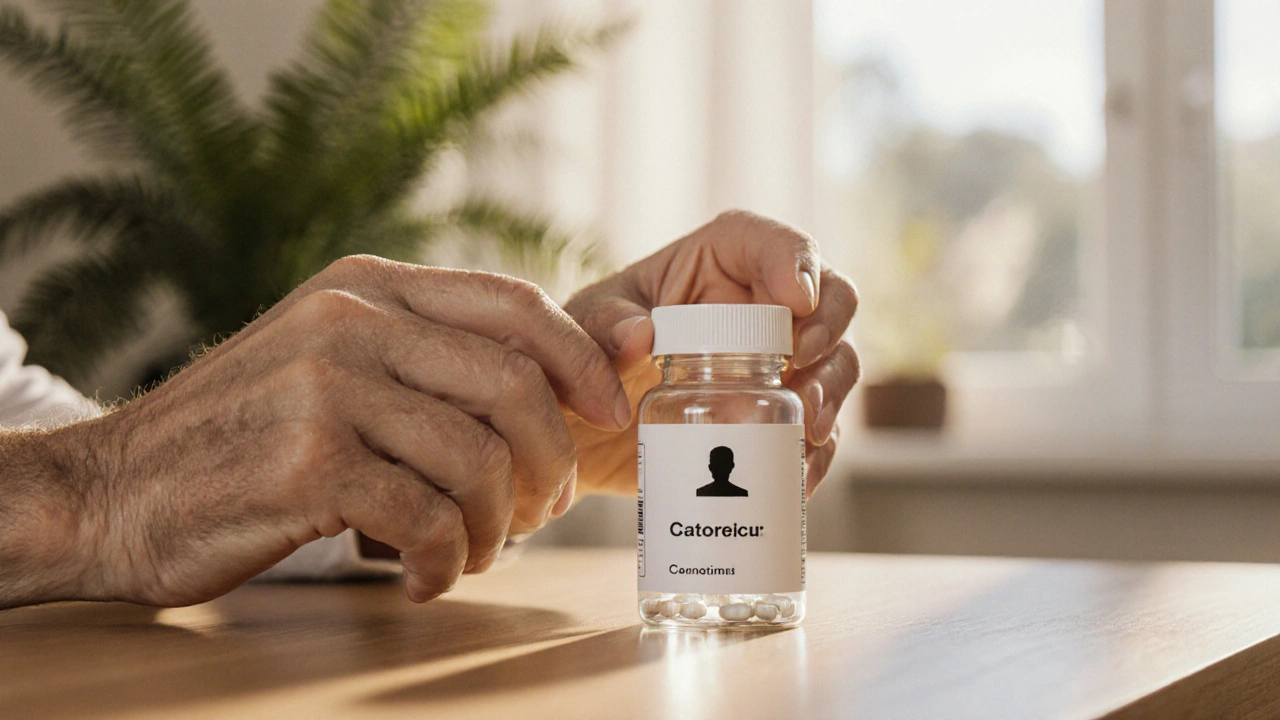
Learn how to safely buy cheap generic Lexapro online in Australia, verify pharmacy legitimacy, compare top sites, and avoid common pitfalls.
Chris Gore Oct 12, 2025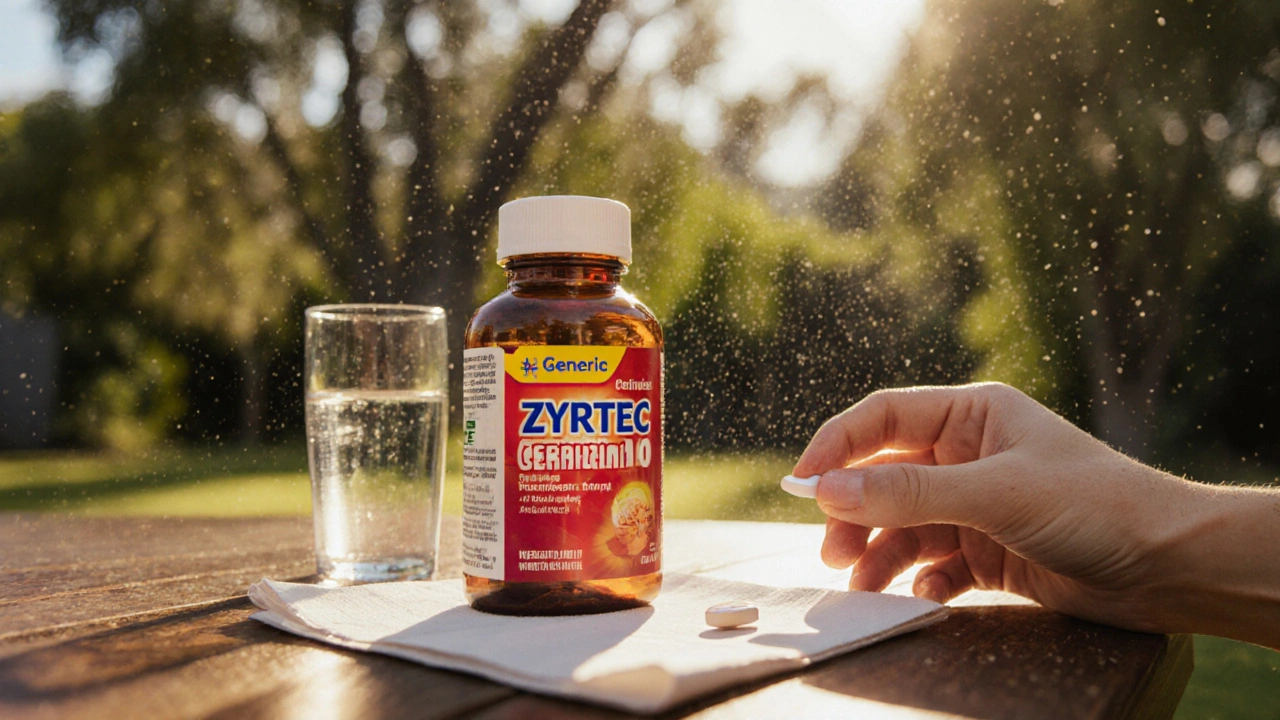
Learn how to safely buy cheap generic Zyrtec online in 2025, verify legitimate pharmacies, compare prices, avoid scams, and get the best deal for your allergies.
Chris Gore Oct 7, 2025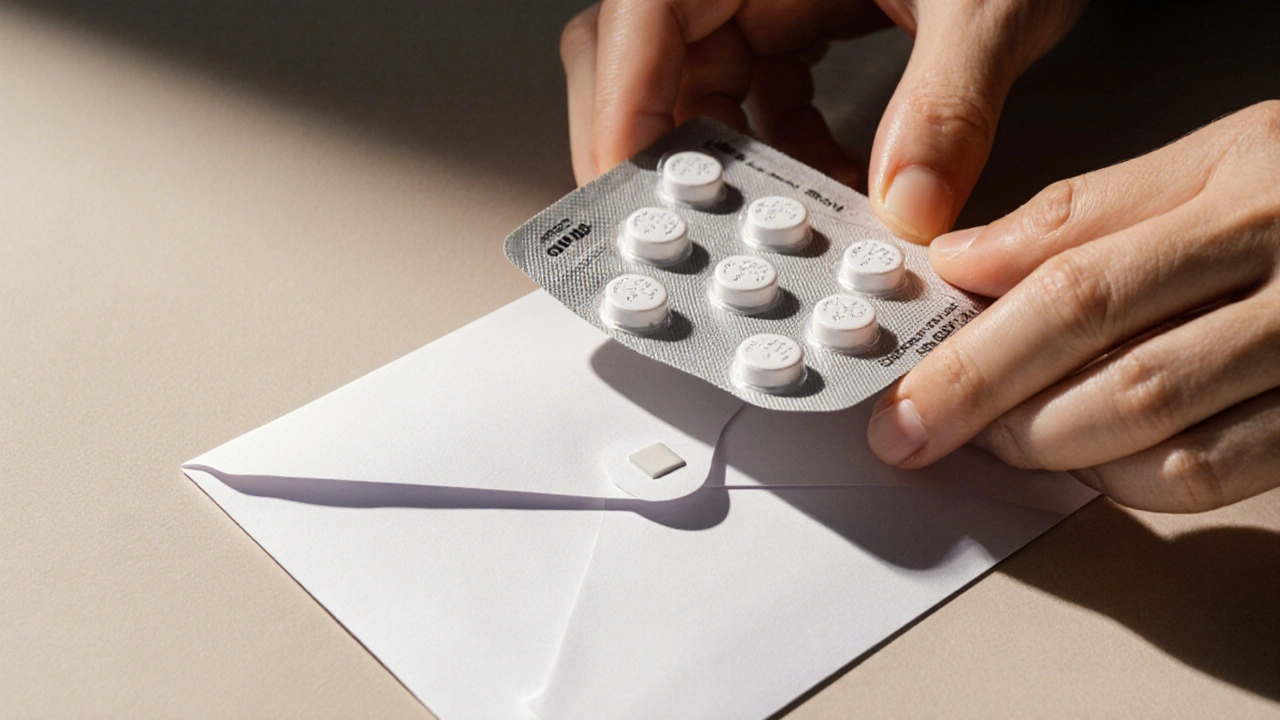
Learn how to safely buy cheap generic Viagra online in Australia. Get a step‑by‑step guide, pharmacy comparison, risk tips, and FAQs for affordable, legit purchases.
Chris Gore Oct 4, 2025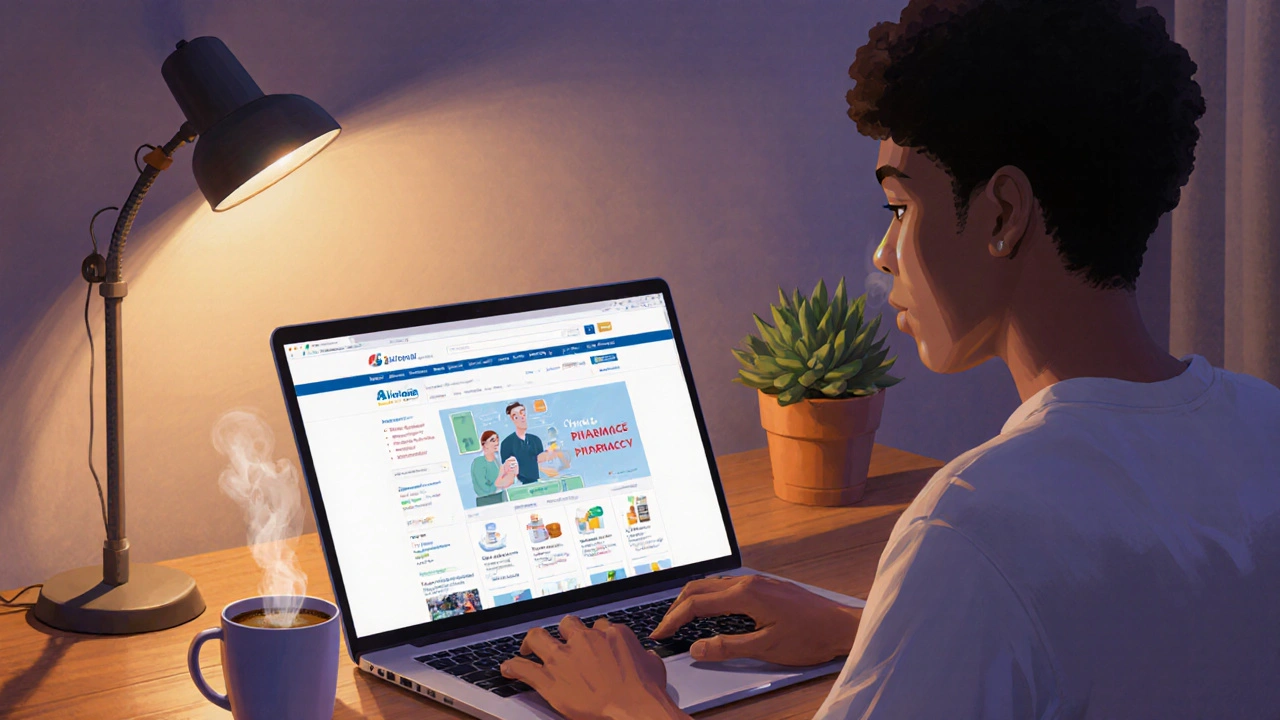
Learn how to safely purchase cheap generic isotretinoin (Accutane) online, understand risks, verify pharmacies, compare costs, and get practical buying steps for 2025.
Chris Gore Sep 27, 2025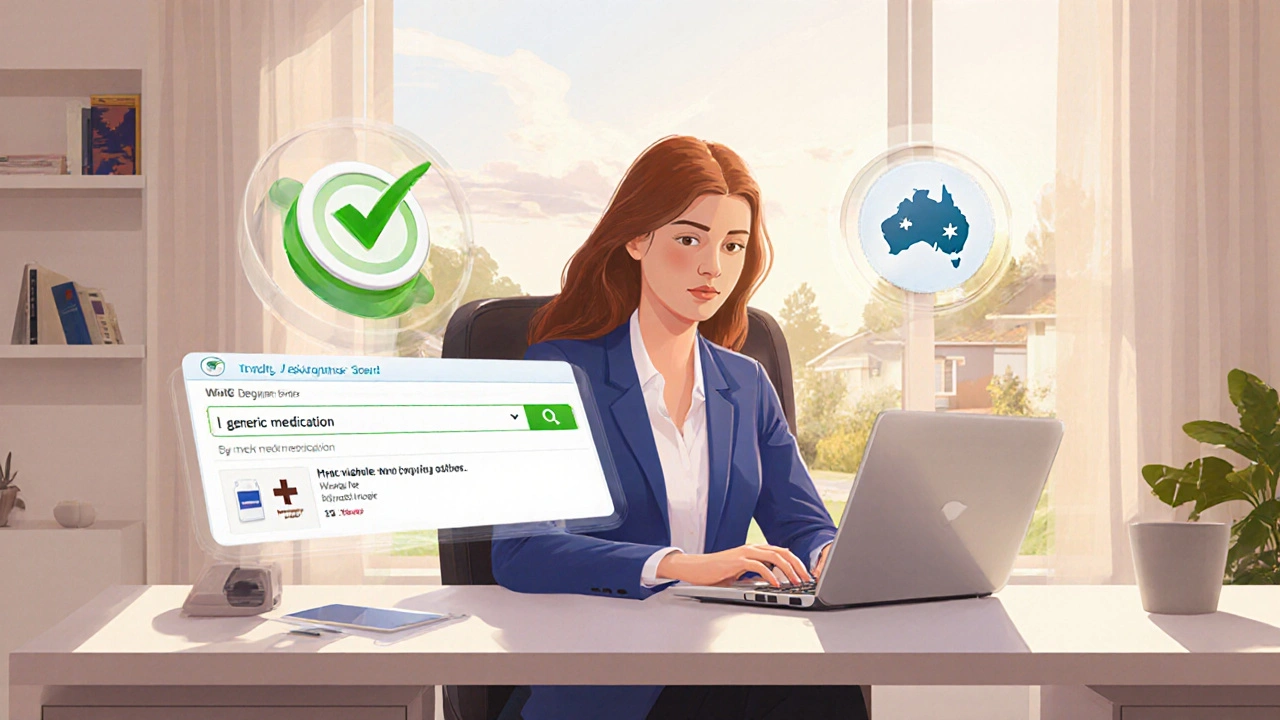
Learn how to find, verify, and purchase cheap generic Provera online while avoiding scams and staying compliant with Australian regulations.
Chris Gore Sep 27, 2025
A practical guide to purchasing affordable generic ivermectin online, covering safety, legal issues, trusted sources, price comparison and how to avoid counterfeit products.
Chris Gore Aug 28, 2025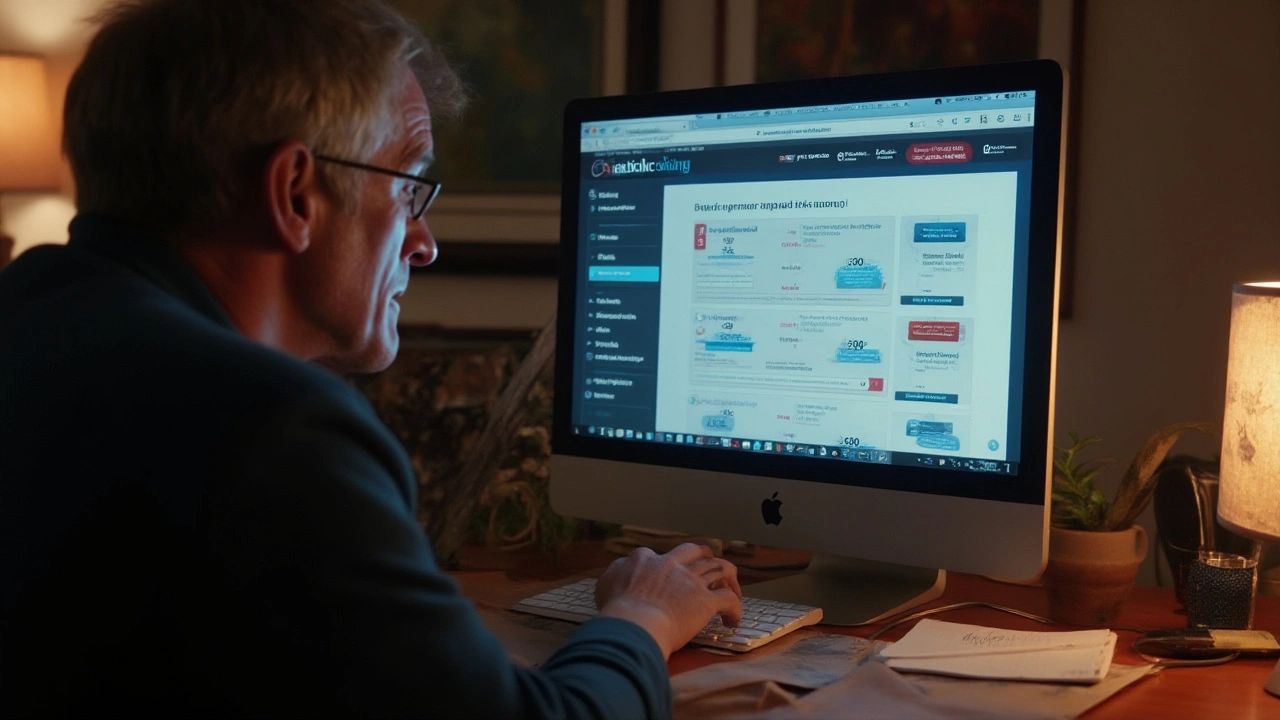
Breaks down if anabolicsking.com is a real online pharmacy for steroids, shows how buying works, looks at prices, and explains how safe it really is.
Chris Gore Jul 31, 2025
Finding reliable alternatives to Universal Drugstore can be a challenge, whether you're looking for affordable medications or a reputable online pharmacy. This article dives into some of the top alternatives, like CanadaDrugWarehouse, offering insights into their pros and cons. Discover secure options with competitive pricing, but be aware of the potential downsides like limited feedback or shipping concerns.
Chris Gore Mar 21, 2025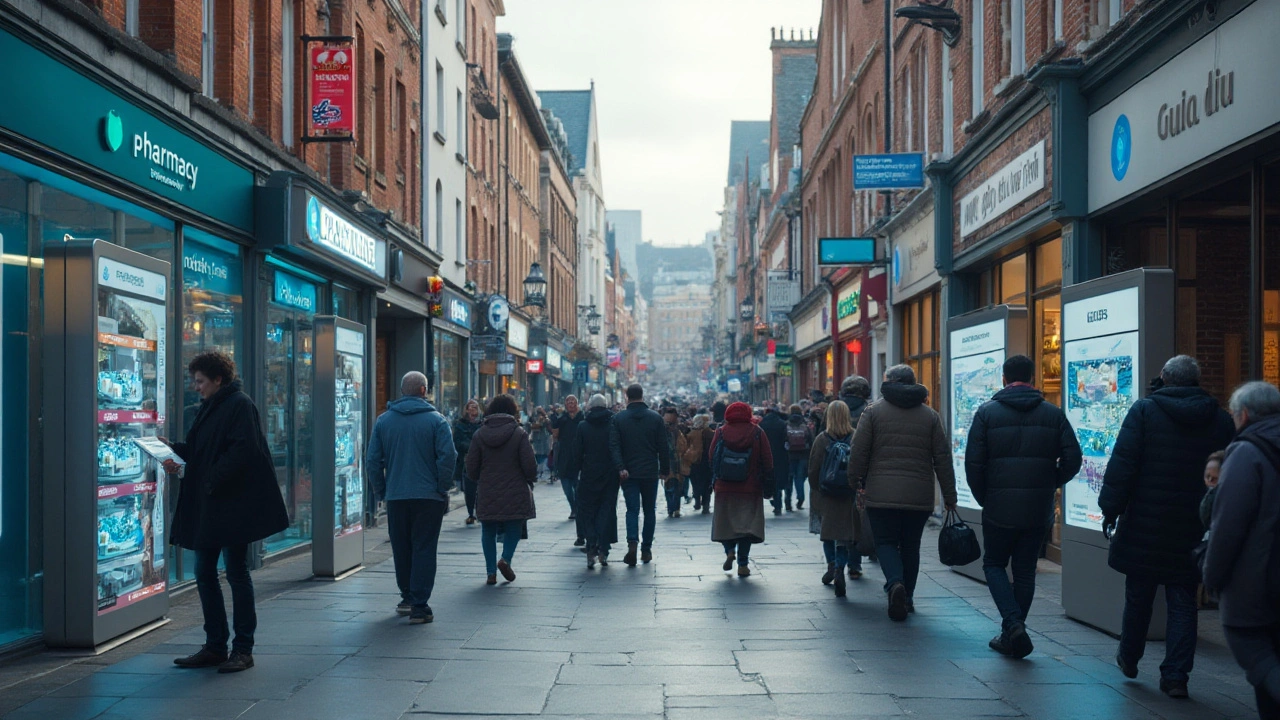
NorthwestPharmacy.com has long been a go-to source for online medication, but several other reliable online pharmacies have emerged in 2025 offering unique features and services. This article explores eight noteworthy alternatives, each with its own pros and cons—from telemedicine integration and free shipping to competitive pricing. We provide detailed insights to help consumers make informed decisions about their pharmaceutical needs, highlighting innovative solutions and convenience offered by each option.
Chris Gore Jan 7, 2025
This article delves into the crucial aspects of acquiring Ventolin online, providing a detailed examination of its medical implications, side effects, and interactions with other substances. Ventolin (Albuterol) is a lifeline for asthma sufferers, offering rapid relief from asthma attacks. Through this guide, readers will gain insights into the most common dosages and recommendations, ensuring they can make informed decisions about managing their respiratory conditions. This comprehensive guide aims to be your go-to resource for understanding how to purchase Ventolin affordably and safely online.
Chris Gore Jan 13, 2024

